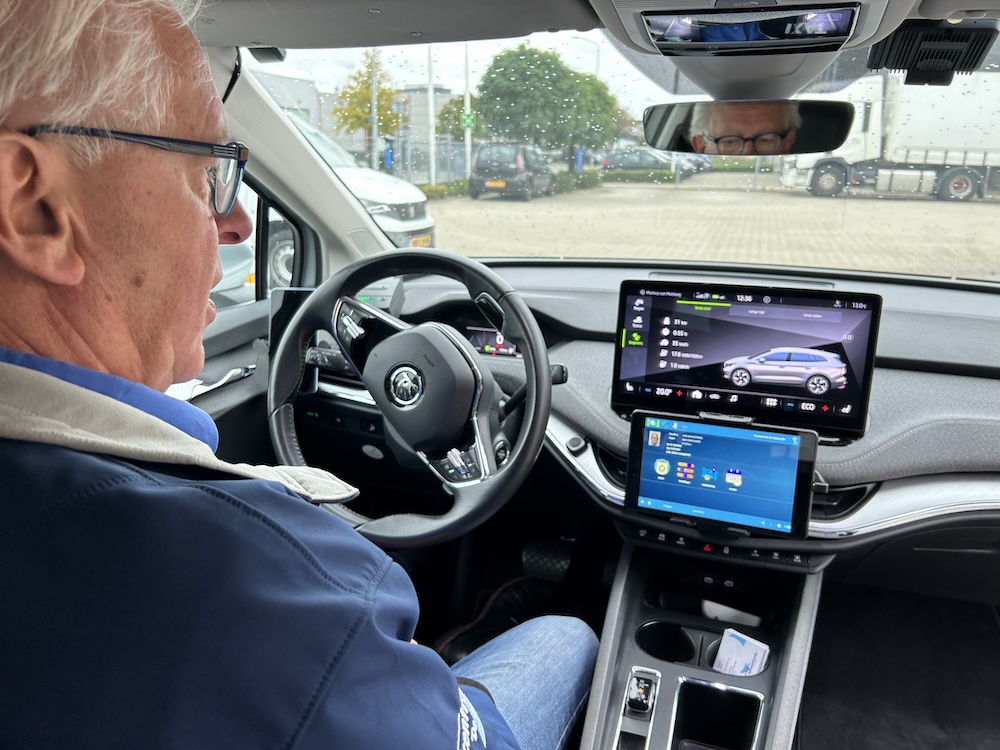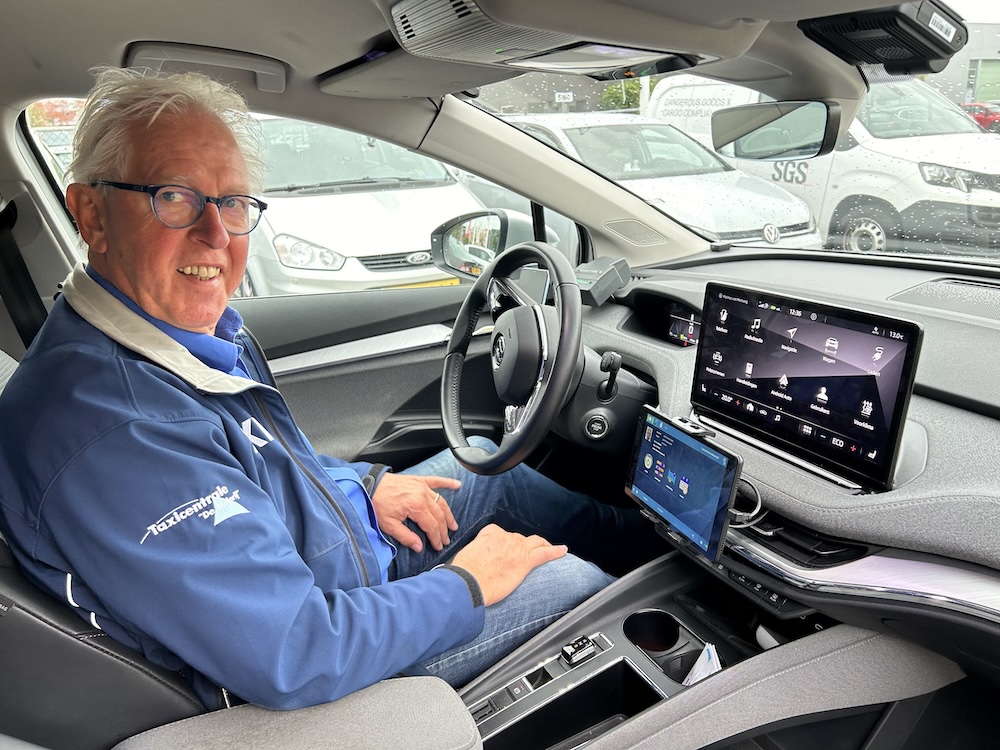A new technological leap promises efficiency and transparency in the taxi landscape.
Technology and mobility go hand in hand and the Brabant Taxi Center De Meierij is taking a revolutionary step in this regard. The company recently integrated Pitane Pallas Android tablets into its fleet. Director Jan van Kasteren took the lead last Tuesday by putting the first car into use that participates in the Central Database Taxi (CDT) Practical Test of the Human Environment and Transport Inspectorate (ILT).
With a fleet of more than 30 vehicles active in the region of Den Bosch, Boxtel, Liempde, Vught, Schijndel, Haaren and surrounding municipalities, Taxicentrale de Meierij now uses advanced technology to exchange real-time data with Dutch government bodies. This new technology plays a crucial role in bridging the gap between private taxi companies and government regulation, leading to improved services, efficiency and compliance with future legislation.
The Pitane Pallas tablets offer full transparency to the government and enable taxi companies to demonstrate their reliability and integrity. For this purpose, a number of drivers from Taxicentrale De Meierij who are participating in the trial have been given an exemption for the use of the traditional on-board computer, better known as the BCT when they use the new technology. This not only reduces the administrative burden, but also makes supervision by the ILT more efficient.

The trial runs until the end of this year and serves as an early indication to detect any 'teething problems' in the system. Ultimately, all arrangements and facilities are expected to be ready in 2024, with a transition period until 2028, as promised by the State Secretary.
In the event of security breaches or suspicious activities, audit trails and logs play a key role. Control is crucial for both the government and taxi companies to comply with various regulations and standards, including those regarding working and rest times. According to project leader Henri van der Heyden of the ILT, the goal is to minimize manual processes and focus more on data analysis and risk assessment.
staff shortage
Given the acute staff shortage in the taxi sector, the Eindhoven company Pitane Mobility has chosen to make the software available in four important European languages: Dutch, English, French and German. In this way, the sector hopes to make the threshold within target group transport more accessible for new taxi drivers. With one click, users can easily switch languages, a functionality that is seamlessly integrated into the software and the taxi driver's profile.
Logging into the device is done with the driver's license to ensure that the driver has the necessary documents. Vehicle registration and driving licenses are processed through the brand new entrepreneur portal from the Eindhoven company Censys digitally controlled and linked to the central databases. As soon as a taxi enters a certain zone, the geocoding system automatically detects the location via advanced GPS technology. The car is then automatically registered in the relevant zone without any interaction from the driver, a step that simplifies and makes supervision by the ILT more efficient.

The trial runs until the end of this year and serves as an early indication to detect any 'teething problems' in the system. Ultimately, all arrangements and facilities are expected to be ready in 2024, with a transition period until 2028, as promised by the State Secretary. The communication system was developed by the Eindhoven software company in such a way that other taxi software providers can link to the business portal. This way they can meet the conditions set via an API.
ILT
The ILT checks whether taxi operators and taxi drivers comply with the rules. The inspection focuses largely on compliance with working hours and rest times. Inspections are carried out along the road and at the companies themselves. The ILT also carries out digital inspections and company inspections. The ILT often collaborates with other inspection services and investigation services, government agencies and trade organizations.
For the ILT, this new approach offers significant improvements in efficiency. Henri van der Heijden, project leader at the ILT, explains: “The new system must ensure that inspectors spend less time collecting data and can focus more on control and risk-driven action.” Of course, this groundbreaking project comes with challenges. The innovative approach has already made a strong impression in the industry. While companies developed the software in recent months, work continued on the technical implementation, a number of legal regulations, including the connection conditions and the legal basis for processing documents.
The Meierij
Jan van Kasteren is not only director of Taxi center De Meierij in Liempde, but also a member of the Collective Labor Agreement Taxi working group of Royal Dutch Transport (KNV), the association of entrepreneurs for professional passenger transport in the Netherlands. For him and many others, this project is an ambitious step towards a more streamlined, safe and efficient taxi market. “This project is not just a technological upgrade, it is a transformation in how we think about and deal with mobility and control in the broadest sense of the word,” says van Kasteren. This contributes to safe taxi transport and fair competition in the taxi sector.



